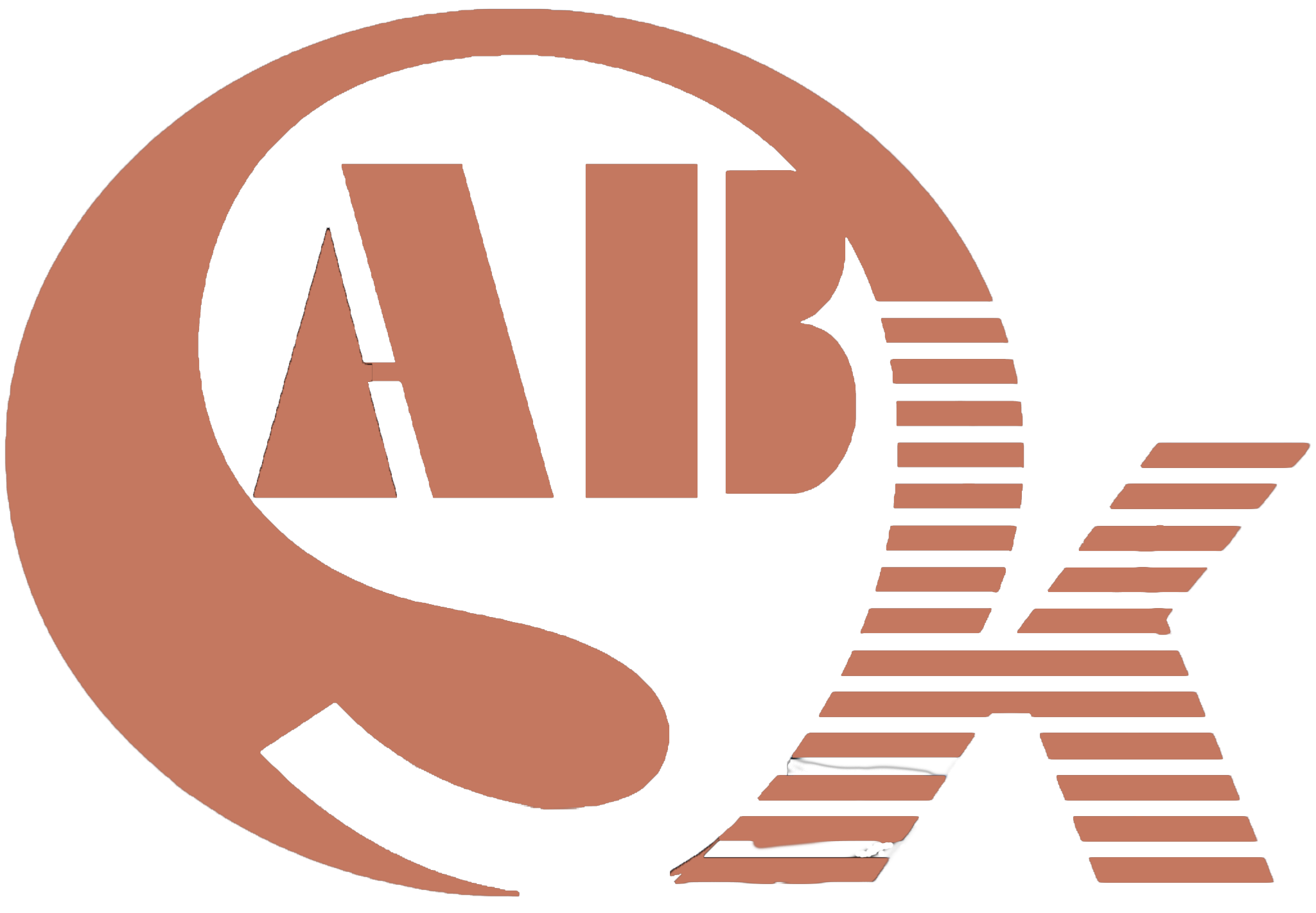Selecting the Ideal Pipe Welding Method: What’s Best for Your Project?
Welding pipes is a critical process that demands precision, skill, and the right welding method. With various welding techniques available, it’s essential to understand which method best suits your project’s specific needs. In this comprehensive guide, we’ll explore the factors that determine the best welding method for pipes, providing valuable insights to help you make informed decisions. Whether you’re a seasoned welder or new to the trade, this information will elevate your understanding of pipe welding and ensure your projects meet the highest standards.
Determining the Best Pipe Welding Method: Key Considerations
- Pipe Material:
The material of the pipe plays a significant role in selecting the appropriate welding method. Common materials include carbon steel, stainless steel, and aluminum. Each material has its own welding requirements and may favor specific techniques.
- Pipe Diameter and Thickness:
The size of the pipe, including its diameter and thickness, impacts the welding method. For smaller pipes, processes like TIG (Tungsten Inert Gas) and MIG (Metal Inert Gas) welding may be suitable. For larger pipes, methods like submerged arc welding (SAW) and flux-cored arc welding (FCAW) are often preferred.
- Joint Type:
The type of joint to be welded is another critical factor. Fillet welds, butt welds, and socket welds each require specific welding methods. Butt welding, for instance, is commonly done using the GTAW (Gas Tungsten Arc Welding) process.
- Position and Orientation:
Consider the welding position and orientation. Whether the pipe is positioned horizontally, vertically, overhead, or in a confined space, certain methods are better suited to each situation. Welding in confined spaces may require mechanized or automated techniques to ensure safety and accuracy.
- Weld Quality and Code Requirements:
Determine the required quality of the weld and any relevant industry or code standards. Industries such as aerospace, nuclear, or petrochemical have stringent requirements, and specific welding methods may be mandated.
Common Pipe Welding Methods:
- TIG Welding (GTAW):
TIG welding, or Gas Tungsten Arc Welding, is known for its precision and ability to create high-quality welds. It’s an excellent choice for thin-walled pipes and projects where weld appearance is a critical factor. TIG welding is commonly used for stainless steel and aluminum pipes.
- MIG Welding (GMAW):
MIG welding, or Gas Metal Arc Welding, is a versatile method suitable for a range of materials and pipe sizes. It provides good productivity and is often used in the automotive and fabrication industries. MIG welding is adaptable and ideal for a variety of pipe welding applications.
- SMAW (Stick) Welding:
Shielded Metal Arc Welding (SMAW), also known as stick welding, is a robust method suitable for thicker pipes and adverse conditions. It’s often used in construction and repair work. SMAW is valued for its reliability and versatility.
- Flux-Cored Arc Welding (FCAW):
FCAW is an efficient method, combining elements of both MIG and SMAW welding. It’s suitable for welding pipes of various sizes and materials, including mild steel and stainless steel. FCAW offers deep penetration and high deposition rates.
- Submerged Arc Welding (SAW):
Submerged Arc Welding is ideal for welding large-diameter pipes. It’s a highly productive method, often used in the manufacturing of pipelines and pressure vessels. SAW offers deep penetration, ensuring strong and reliable welds.
Selecting the Ideal Method: A Balancing Act
Choosing the best welding method for your pipe project requires a delicate balance of factors. Consider the specific needs of your project, such as the pipe’s material, size, joint type, and industry standards. Additionally, your skill level and the equipment available can influence your choice of method.
If you’re uncertain about the best welding method for your pipe project, consult with experienced professionals or welding engineers who can provide guidance based on your project’s requirements. Remember that practice and expertise play a significant role in achieving high-quality welds, so continuous learning and skill development are essential.
Conclusion: Welding Excellence for Every Pipe Project
Selecting the best welding method for your pipe project is a critical decision that impacts the quality, durability, and integrity of your welds. By carefully considering the specific factors that define your project, you can make an informed choice and ensure that your welding work meets the highest standards of excellence.
As you delve into the world of pipe welding, remember that expertise and a commitment to continuous improvement will set you on the path to mastering the art of welding pipes. With the right method and dedication to skill development, your pipe welding projects will consistently meet the demands of your industry and customers.
